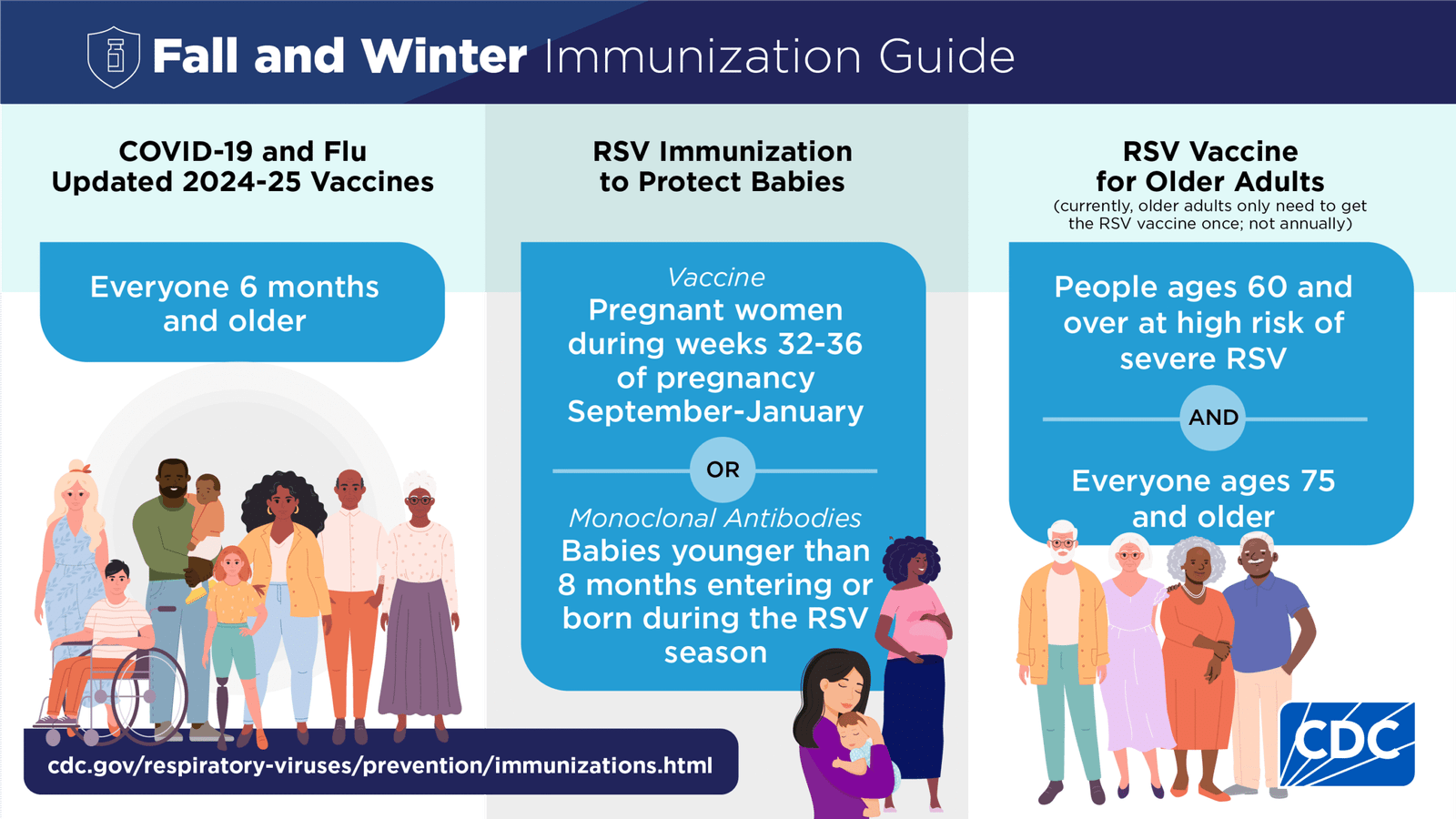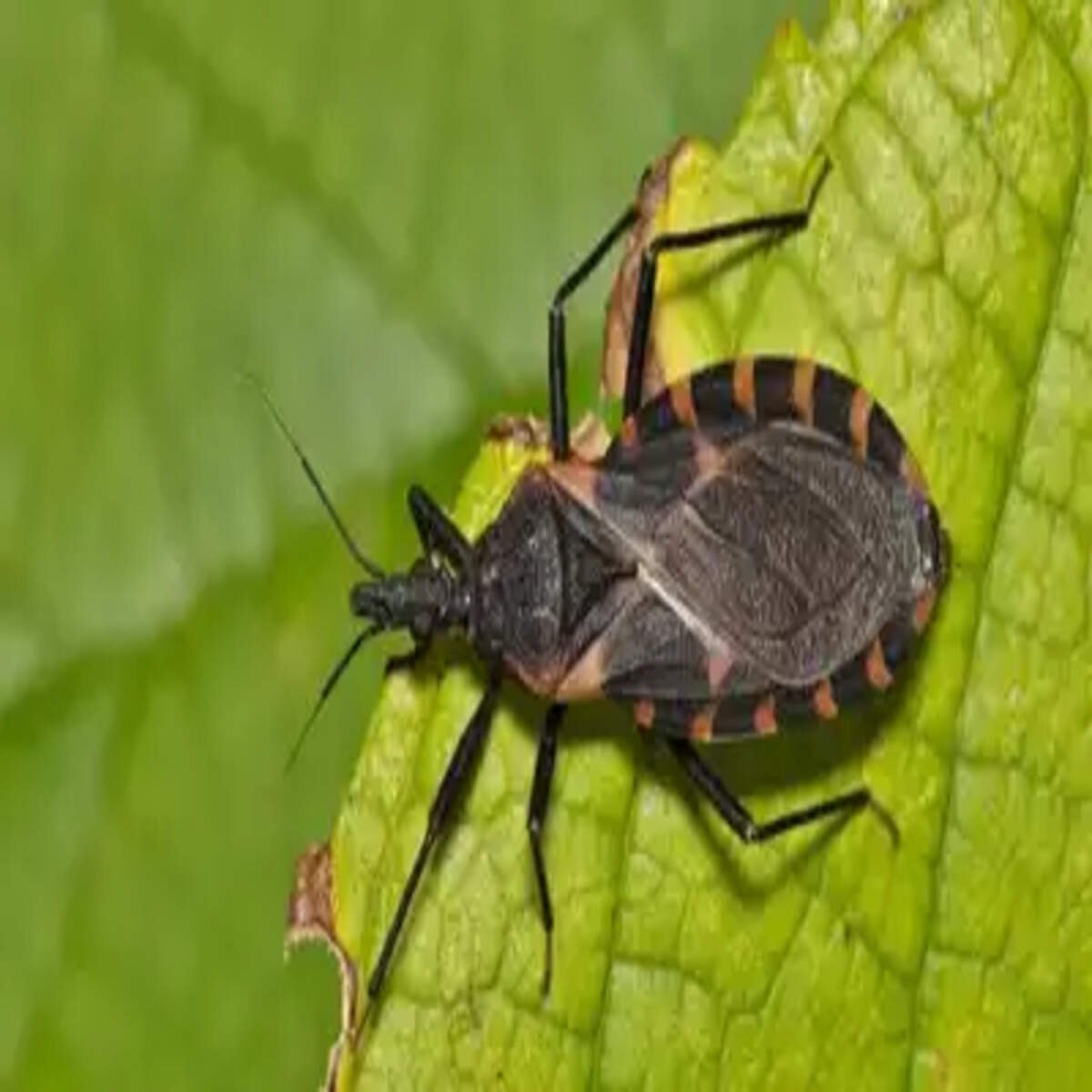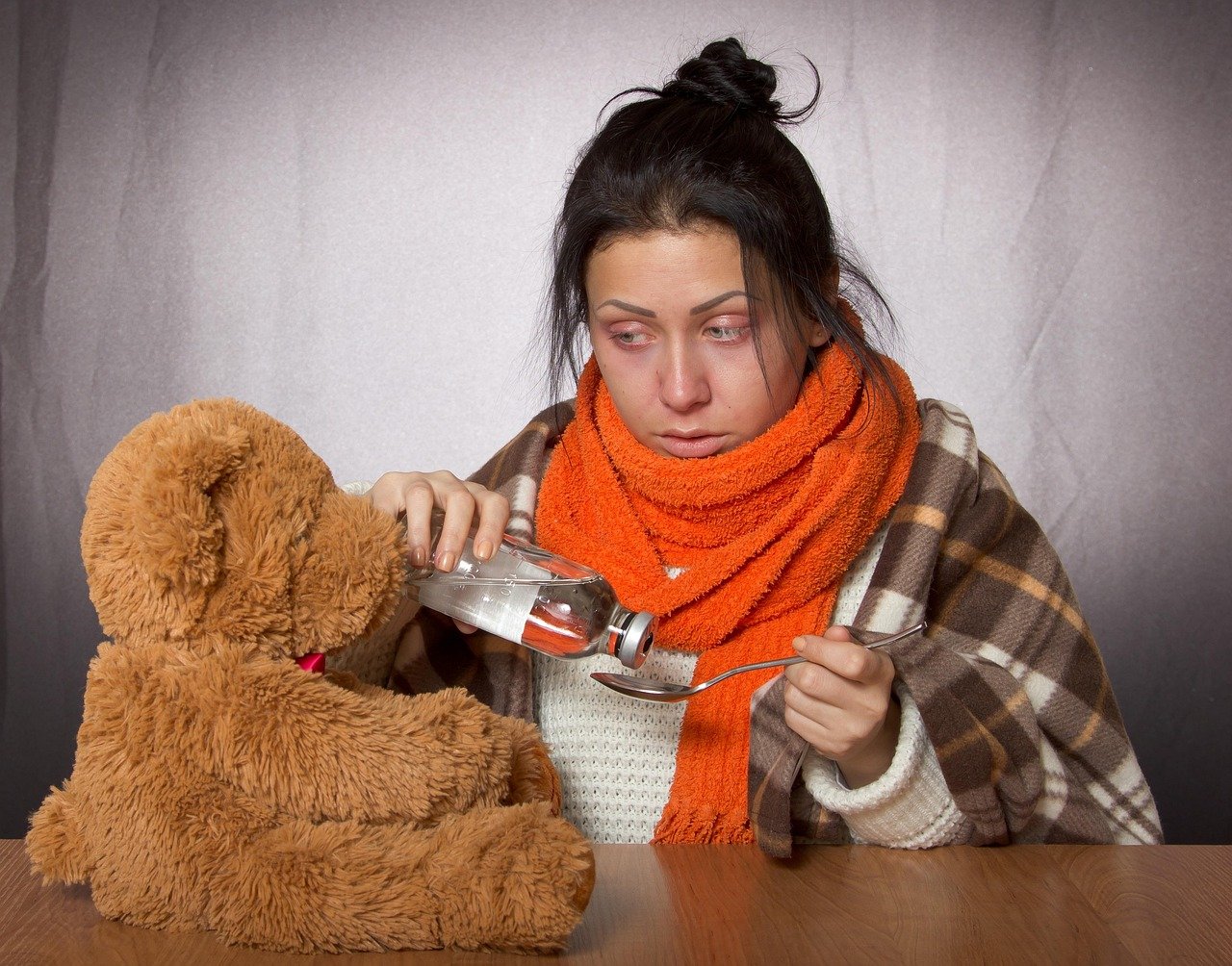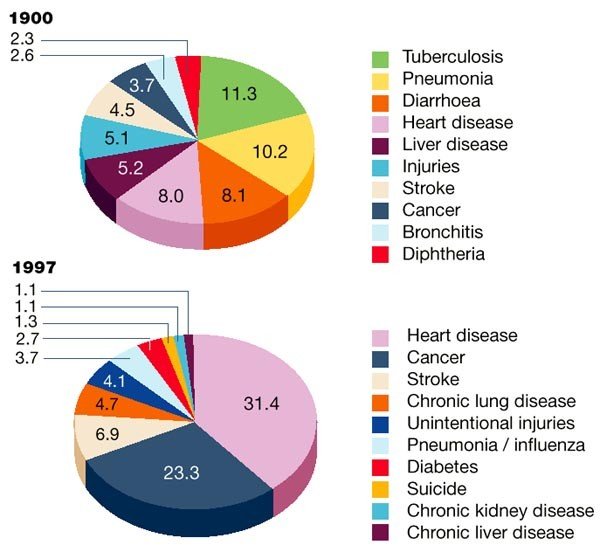As the 2025–2026 respiratory season approaches, health experts anticipate a resurgence of Respiratory Syncytial Virus (RSV), influenza (flu), and respiratory coinfections. This article delves into the expected trends, symptoms, risks, and preventive measures for these illnesses, providing essential information to help individuals and communities prepare for the upcoming season.
What Are RSV, Flu, and Respiratory Coinfections?
Respiratory Syncytial Virus (RSV)
RSV is a common respiratory virus that infects the nose, throat, and lungs. It is a leading cause of respiratory illness in infants and young children, as well as older adults. Symptoms often resemble those of a common cold but can escalate to more severe conditions like bronchiolitis or pneumonia.
Influenza (Flu)
Influenza is a contagious respiratory illness caused by influenza viruses. It can lead to mild to severe illness and can result in hospitalization or death. The flu season typically peaks during the fall and winter months.
Respiratory Coinfections
Respiratory coinfections occur when an individual is infected with more than one respiratory virus simultaneously. For instance, co-infection with RSV and influenza can lead to more severe symptoms and complications.
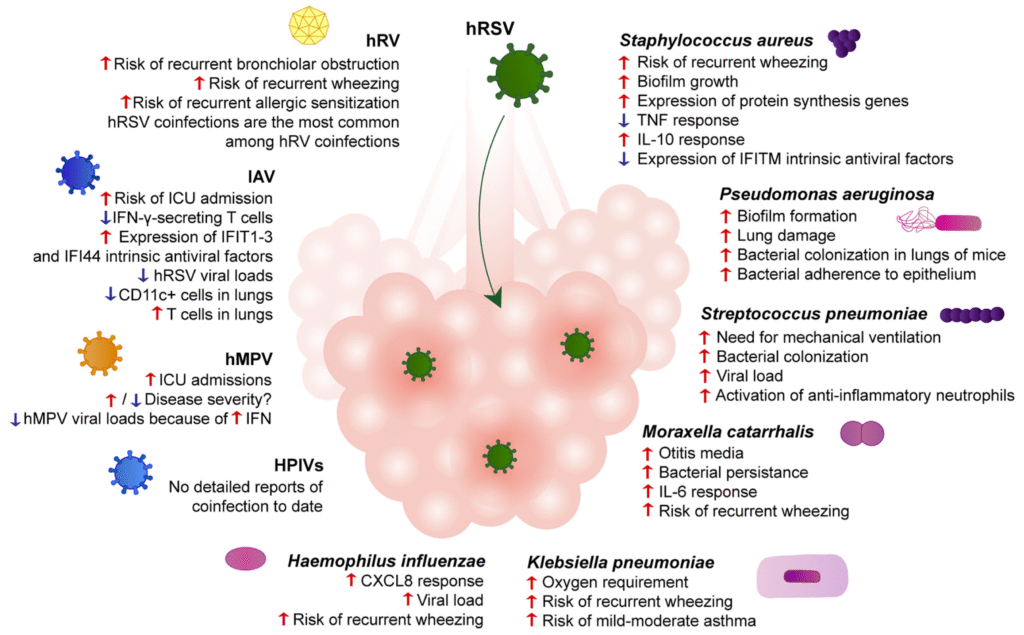
What to Expect This Season
RSV Activity
According to the CDC, RSV activity is expected to be moderate during the 2025–2026 season. While not at epidemic levels, the virus is anticipated to circulate widely, particularly affecting young children and older adults.
Influenza Trends
The 2024–2025 flu season was characterized by a high severity, with influenza A viruses predominating. Experts predict that the upcoming season may see similar trends, with a potential for high-severity influenza activity.
Coinfection Risks
Coinfection with RSV and influenza is a significant concern. Studies have shown that individuals infected with both viruses may experience more severe symptoms and complications, leading to increased hospitalizations.
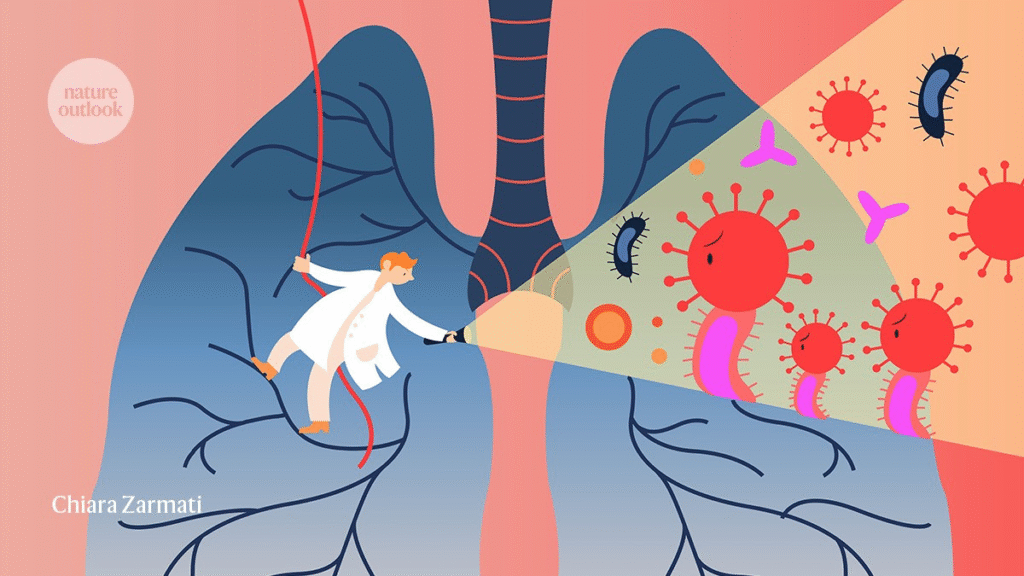
Symptoms to Watch For
Common Symptoms
- Fever
- Cough
- Runny or stuffy nose
- Sore throat
- Fatigue
Severe Symptoms
Seek immediate medical attention if you or a loved one experiences:
- Difficulty breathing
- Persistent high fever
- Bluish lips or face
- Severe or persistent vomiting
- Signs of dehydration (e.g., dry mouth, reduced urination)
Risk Factors
Certain groups are at higher risk for severe illness from RSV, flu, and respiratory coinfections:
- Infants and young children
- Older adults
- Pregnant women
- Individuals with chronic health conditions (e.g., asthma, heart disease)
- Immunocompromised individuals
Prevention Strategies
Vaccination
- Flu Vaccine: Annual flu vaccination is recommended for everyone aged 6 months and older.
- RSV Vaccine: A vaccine for RSV is available for certain high-risk groups, including infants and older adults.
Hygiene Practices
- Wash hands frequently with soap and water.
- Avoid close contact with sick individuals.
- Cover coughs and sneezes with a tissue or elbow.
- Disinfect frequently touched surfaces regularly.
Environmental Measures
- Maintain good indoor ventilation.
- Avoid large gatherings during peak respiratory virus seasons.
Treatment Options
Treatment varies depending on the virus and severity of symptoms:
- RSV: Most cases resolve on their own with supportive care, including rest, fluids, and fever reducers. Severe cases may require hospitalization.
- Influenza: Antiviral medications (e.g., oseltamivir) can be prescribed to shorten the duration of illness and reduce severity if started early.
- Coinfections: Management may involve antiviral treatments for both viruses, along with supportive care.
Frequently Asked Questions
1. Can I get RSV and the flu at the same time?
Yes, it is possible to be infected with both RSV and the flu simultaneously, a condition known as coinfection. This can lead to more severe illness and complications.
2. How can I tell the difference between RSV and the flu?
While both viruses share similar symptoms, RSV often causes more severe respiratory issues in young children and older adults. Flu symptoms tend to come on suddenly and can include high fever and body aches.
3. Are there vaccines for both RSV and the flu?
Yes, vaccines are available for both RSV and the flu. The flu vaccine is recommended annually, while the RSV vaccine is available for certain high-risk groups.
4. What should I do if I think I have a respiratory virus?
Seek medical advice, especially if you experience severe symptoms such as difficulty breathing, persistent high fever, or signs of dehydration. Early diagnosis and treatment can improve outcomes.
5. How can I protect myself and others during the respiratory virus season?
Practice good hygiene, get vaccinated, avoid close contact with sick individuals, and stay home if you are feeling unwell to prevent the spread of respiratory viruses.
6. How long do RSV and flu symptoms typically last?
RSV symptoms usually last 1–2 weeks in healthy individuals. Infants, older adults, and immunocompromised people may experience prolonged symptoms, sometimes leading to hospitalization. Influenza symptoms typically last 5–7 days, though fatigue and weakness can linger for 1–2 weeks. Recovery may take longer if you have a coinfection or underlying health conditions.
7. Can RSV or the flu cause long-term health problems?
While most healthy individuals recover fully, severe RSV or influenza infections can cause complications. In infants, RSV can increase the risk of wheezing and asthma later in childhood. Influenza complications may include pneumonia, myocarditis, or exacerbation of chronic conditions in adults. Coinfections can increase hospitalization rates and complications.
8. Are children more at risk than adults?
Yes, children, especially under age 2, are at higher risk for severe RSV. Children with underlying medical conditions like congenital heart disease, prematurity, or chronic lung disease face an even higher risk. While adults are generally at lower risk, older adults (65+) are particularly vulnerable to severe flu and RSV complications.
9. Can I prevent coinfections entirely?
While it’s challenging to prevent every viral infection, you can significantly reduce risk by:
- Receiving all recommended vaccines (flu, RSV, COVID-19 boosters if applicable)
- Practicing rigorous hand hygiene
- Avoiding crowded indoor spaces during peak virus season
- Staying home when feeling unwell
10. Should I wear a mask this season?
Masks can help prevent respiratory infections, especially in high-risk settings such as hospitals, crowded public spaces, or if you are immunocompromised. The CDC continues to recommend masks as a preventive measure during peak respiratory virus seasons.
Conclusion
The 2025–2026 respiratory season presents challenges with the anticipated return of RSV, flu, and respiratory coinfections. By understanding the symptoms, risks, and preventive measures, individuals can take proactive steps to protect themselves and their communities. Stay informed, stay healthy, and consult healthcare professionals for personalized advice.

